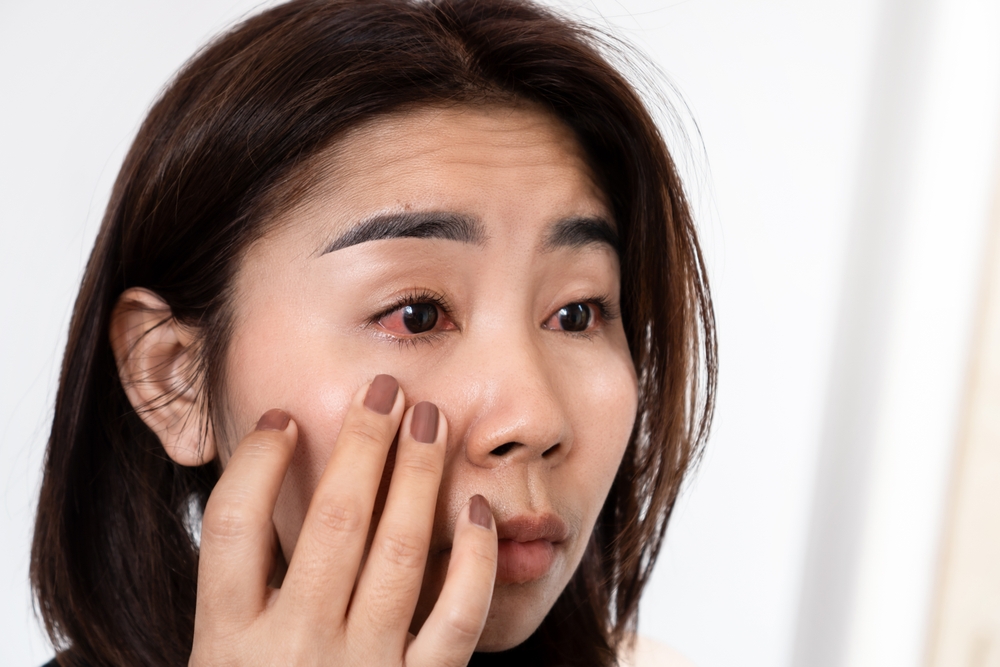
Dry, irritated eyes can make even the simplest daily tasks feel uncomfortable. Whether it’s reading, driving, or working on a computer, dry eye syndrome can impact your quality of life. Fortunately, effective relief is available through a combination of lifestyle changes and targeted treatments. If you suffer from dry, itchy, or burning eyes, understanding the causes and solutions can help you take control of your eye health.
What Is Dry Eye?
Dry eye syndrome occurs when your eyes don’t produce enough tears or when your tears evaporate too quickly. This leads to discomfort, inflammation, and potential damage to the eye’s surface. The condition can be temporary or chronic, often requiring long-term management. Symptoms of dry eye may include:
Redness
Grittiness or a sensation of something in the eye
Blurry vision
Sensitivity to light
Watery eyes
Common Causes of Dry Eye
Several factors can contribute to dry eye syndrome. While some cases result from external conditions, others stem from underlying medical issues. The meibomian glands in your eyelids produce an essential oil layer that prevents tears from evaporating too quickly. When these glands become blocked or inflamed, it leads to evaporative dry eye.
Blepharitis is an inflammation of the eyelids that affects the oil glands near the base of the eyelashes. This condition often coexists with MGD and can contribute to dryness and irritation.
Other causes include:
Aging: Tear production naturally declines with age.
Screen Time: Reduced blinking while using digital devices can cause tears to evaporate faster.
Contact Lenses: Long-term contact lens use may contribute to dry eye symptoms.
Environmental Factors: Wind, air conditioning, and dry climates can worsen symptoms.
Certain Medications: Antihistamines, decongestants, and some antidepressants can reduce tear production.
Lifestyle Changes to Improve Dry Eye
Adopting simple changes to your daily routine can help manage dry eye symptoms and improve overall comfort.
Follow the 20-20-20 Rule: When using screens, take a break every 20 minutes to look at something 20 feet away for at least 20 seconds.
Stay Hydrated: Drink plenty of water to support tear production.
Blink More Often: Make a conscious effort to blink fully, especially when using digital devices.
Use a Humidifier: Adding moisture to indoor air can prevent excessive tear evaporation.
Wear Sunglasses Outdoors: Wraparound sunglasses help protect eyes from wind and UV exposure.
Effective Treatments for Dry Eye
While lifestyle changes can provide relief, many individuals need additional treatment to manage symptoms effectively.Lid Hygiene: Keeping the eyelids clean can help prevent blockages in the meibomian glands and reduce inflammation. Warm compresses and gentle lid scrubs can remove debris and improve oil flow.
Prescription Eye Drops: Over-the-counter artificial tears can provide temporary relief, but prescription eye drops may be necessary for more severe cases. Medications help increase tear production and reduce inflammation.
Nutritional Supplements: Omega-3 fatty acids, found in fish oil and flaxseed, support healthy tear production and may help reduce dry eye symptoms. Adding these supplements to your diet can promote long-term eye health.
Punctal Plugs: For those with severe dry eye, punctal plugs may be an effective option. These tiny devices are inserted into the tear ducts to help retain moisture on the eye’s surface by preventing tears from draining too quickly.
Finding Lasting Relief for Dry Eye at Seeing Perfect Eye Care
Managing dry eye requires a combination of proactive habits and targeted treatments. By making small changes to your daily routine and exploring available treatment options, you can find lasting relief and improve your overall eye health.
If you’re experiencing dry eye symptoms, schedule an eye exam with Seeing Perfect Eye Care to determine the best treatment plan for your unique needs. Visit our office in Chamblee, Georgia, or call (404) 806-6884 to book an appointment today.





